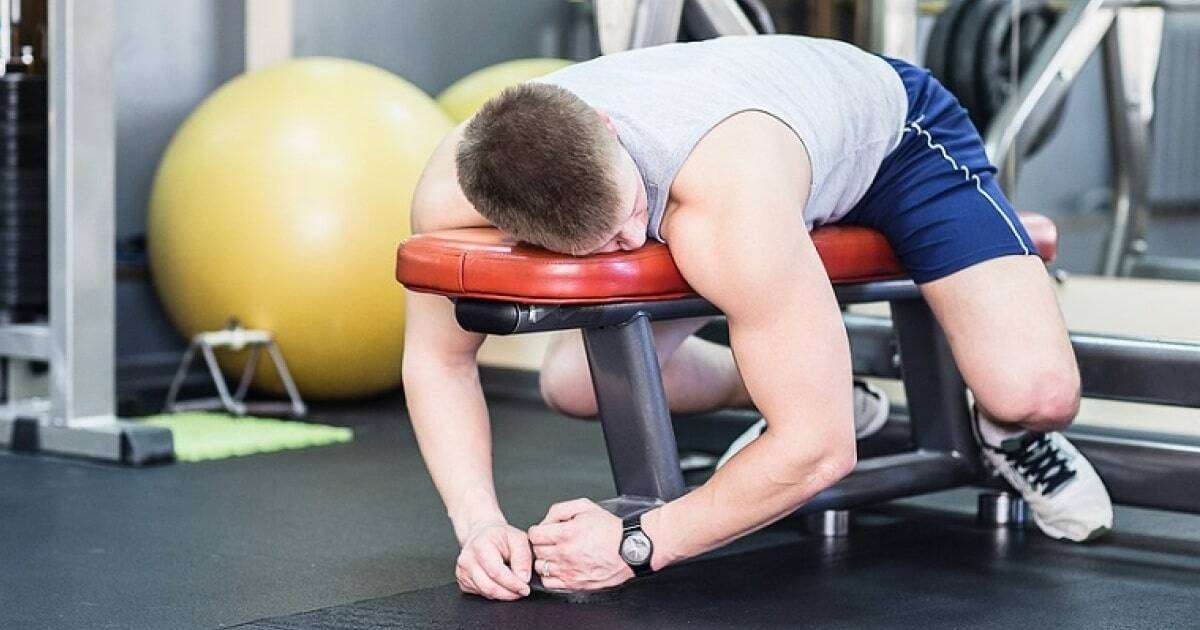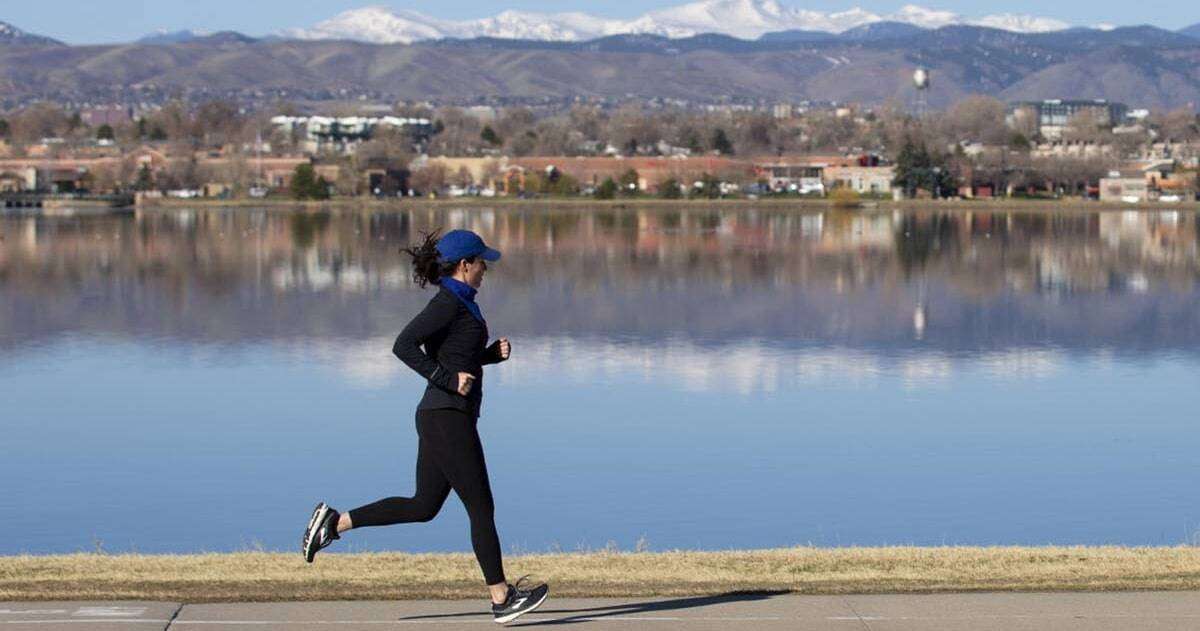
Back pain
March 3, 2021
I can’t train because…
March 17, 2021
Back pain
March 3, 2021
I can’t train because…
March 17, 2021Who can return to physical exercise after infection, when and how?
DATE: March 2021
AUTHOR: Rui Madeira | Health

RM Trainer exposes a very interesting topic here as many of us may have already encountered such doubts, or we still may come to face them. Here, then, is the opinion of experts who argue that we must take into account some precautions when returning to physical exercise practice.
According to Nogueira, M. in an article in Visão Saúde, many of the people who had Covid-19 are now wondering when they will be able and can resume physical activity and exercise. Fatigue will be one of the most frequent complaints after Covid, which persists over time, causing many physical conditions. Thus, the return to physical exercise is not always dictated only by the patient's will, and it may be related to the physical capacity of the body to achieve or not reach certain levels of effort.
A published study in the British Medical Journal (BMJ) by a group of experts in the fields of sports medicine, rehabilitation and primary health care, looked at which patients should undergo medical examinations and consultations before exercising and which ones can resume physical activity more quickly.
For this second group, where symptomatic patients are found, with a long period of inactivity, but who do not show signs of prolonged post-acute Covid-19 with pulmonary, cardiac or psychological sequelae, the authors also propose a model of return to practice of physical exercise, based on self-assessment of resistance to effort, with the help of the so-called Borg Scale (perceived effort).
According to the study's authors, the presence of pulmonary, cardiac and psychological sequelae are decisive in the way physical activity is resumed. Patients who were healthy before infection and show no signs of sequelae can resume activity seven days after the disappearance of symptoms, while people who experience prolonged cardiac, psychological and pulmonary symptoms, beyond the infection, should be subjected to checks before returning to a more active life.
"It is very important that these people seek a doctor, whether family or assistant, to see if there is another cause for concern, before they return to exercise," says the vice-president of the Portuguese Society of Cardiology Cristina Gavina. The pulmonologist and director of the Portuguese Lung Foundation, Luís Rocha, adds that “some observation is needed, regarding intolerance to effort, in this resumption of activity”, while intervention cardiologist Rui Teles considers that, essentially, there are three major profiles of patients.
Which of the three profiles do you belong to?
- No prolonged symptoms
The first group includes people who did not have any cardiovascular pathology, either before, during or after the SARS-CoV-2 infection period. "These patients have no limitations in resuming physical activity, except common sense", says Rui Teles, adding that they can do a laboratory review to measure blood pressure, confirm that risk factors, such as diabetes and cholesterol, are not present and, eventually, perform a stress test for the assessment of functional capacity.
- Symptoms of tiredness dragged over time
In the second group are people who did not have any cardiovascular pathology, but, during the infection, had complications of this kind. Sometimes, the existence of sequelae can manifest itself through complaints of tiredness over a long time, tightness in the chest or palpitations.
Sequelae such as myocarditis (inflammation of the myocardium by the virus) or thromboembolic problems, if not identified through exams, before resuming physical exercise, can lead to the development of “pulmonary embolisms, cardiac injuries and even sudden deaths”, says Luís Rocha , echoing the thesis defended by the study authors. Cristina Gavina even states that, "in the presence of myocarditis, there is a contraindication to doing high-intensity physical exercise for six months".
Although myocarditis is a very rare sequel, the same is not true of thromboembolic complications. "They even appear in people aged 30 or 40 who were doing sport and developed thrombophlebitis, due to the formation of clots, for example, in the legs", says Rui Teles. These patients benefit from an evaluation “to see if they are in an excessive clotting phase and if they have to take anticoagulants”.
- Chronic lung or heart disease prior to Covid
Finally, the third group of patients consists of people who caught Covid and already had chronic respiratory or heart disease prior to the infection. Rui Teles and Luís Rocha have no doubt that these patients come out of the disease much worse than they entered and that it is important to seek, in the first phase, a specialized medical opinion.
Cardiologist and pulmonologist agree that the pandemic increased sedentary lifestyle and, consequently, the risk of these patients gaining weight, having more uncontrolled blood pressure and higher cholesterol. In these cases, Luis Rocha considers that “the main objective is to recover tolerance to effort, increase motor functionality, improve quality of life and self-efficacy, following a multidisciplinary program with the possibility of having access to tele-therapy”.
Learning how to self-assess resistance to stress
The study published in BMJ also proposes a model divided into five phases, for those who are ready to return to exercise after Covid-19. In order to understand when to move from one phase to the next, the authors propose the use of the Borg Scale, which measures the perception of fatigue that people have with the exercise they do. “When there is no contraindication for the practice of exercise, after Covid-19, it has to be adapted to the person's effort capacity at the moment, something that the Borg scale can help to understand”, explains Cristina Gavina.
Luis Rocha states that seven to 14 days after the acute phase of the disease, it is recommended that people, who were sick at home, resume some physical activity. "They should never start strenuously, but gradually." It will be advisable to take daily 30-minute walks, up to the limit of each person's capacity, “without straining and being alert to symptoms, self-monitoring”.
Cristina Gavina adds that heart rate is the barometer for what we do, and exercise that leads to very high heart rates should be avoided. “Normally, the training zone is calculated as 80% of 220 minus our age (that is, a person aged 30 will have his training zone at 80% of 190 = 152). If people do within that range, they are doing aerobic exercise, protected from excesses that can condition cardiac overload ”.
As you can see, it is extremely important that you monitor your training when you return to physical activity.
Consult your doctor, ensure your green light to move forward and be accompanied by a qualified professional who specializes in physical exercise so that you exercise safely and progressively!
Be responsible and have common sense. Don't shy away from asking for help!
